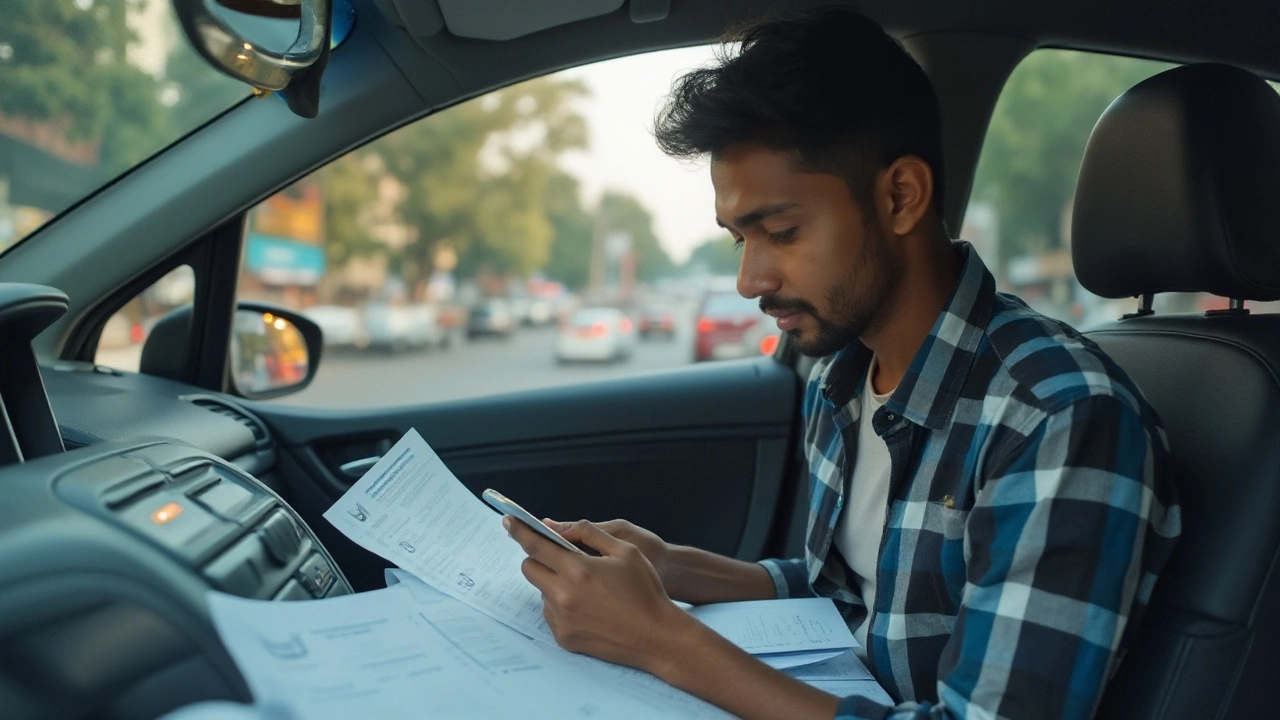DoorDash Insurance: A Practical Guide for Couriers
If you’re delivering for DoorDash, you probably focus on fast routes, good tips, and keeping your car clean. What often gets missed is proper insurance. Without the right coverage you could face big out‑of‑pocket costs if an accident happens while you’re on a gig. This guide breaks down why insurance matters, the types of policies you should consider, and how to choose a plan that fits your budget.
Why You Need Insurance When Driving for DoorDash
DoorDash’s standard driver agreement assumes you already have personal auto insurance, but that policy may not cover you when you’re earning money on the platform. Most personal policies treat gig work as a commercial activity and can deny claims if you’re injured or cause damage while delivering. That means you could be left paying for repairs, medical bills, or lawsuits on your own.
Beyond liability, think about the cargo you’re carrying. A misplaced bag or a spilled order can lead to a claim from a customer. Some insurers offer “packages‑on‑the‑go” coverage that protects the items you’re delivering. Having that extra layer can save you from costly reimbursements.
Finally, many states require a minimum level of commercial auto insurance for any driver earning income from transporting goods. Skipping this requirement not only puts you at risk but could also lead to fines or a suspended license.
Choosing the Right Policy for DoorDash Deliveries
Start by checking if your current auto insurer offers a rideshare or delivery add‑on. These extensions are usually cheaper than buying a full commercial policy and often include the necessary liability limits. Look for coverage that provides at least $250,000 per person for bodily injury, $500,000 per accident, and $100,000 for property damage – those are the typical minimums recommended for gig drivers.
If an add‑on isn’t available, shop for a standalone gig‑driver policy. Companies like Hiscox, Lyft, and local insurers specialize in short‑term commercial coverage that can be turned on and off as you schedule shifts. Compare quotes, but don’t pick the cheapest option blindly; make sure the policy covers bodily injury, property damage, and cargo loss.
Don’t forget to ask about deductibles and claim handling. A lower deductible means higher monthly premiums, but it can make a big difference when you actually need to file a claim. Also, read reviews about how quickly an insurer processes payouts – you don’t want to wait weeks for money after an accident.
Finally, keep a digital copy of your policy on your phone. If you’re pulled over or need to show proof of coverage to DoorDash, having it handy makes the process smooth.
Having the right insurance doesn’t just protect your wallet; it gives you peace of mind so you can focus on delivering great service. Review your coverage regularly, especially if you change how many hours you work or upgrade your vehicle. With the right plan in place, you’ll stay safe on the road and keep your DoorDash side hustle running without unnecessary worry.
Best Insurance Options for DoorDash Drivers in 2025
Navigating the world of insurance can be complex for DoorDash drivers. In this article, we unfold the types of insurance policies needed to safeguard drivers while working. From auto insurance to business policies, we break down the essentials and share key tips to ensure you're fully covered on every delivery. Gain insights into legal requirements and practical advice for selecting insurance suited to your needs.
Read More